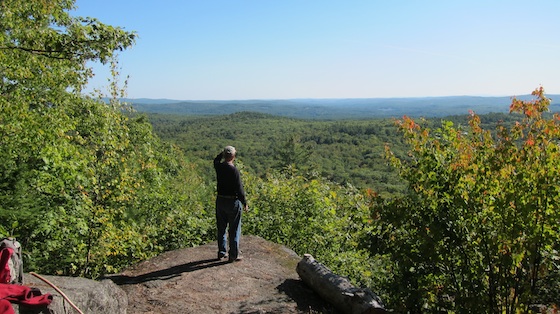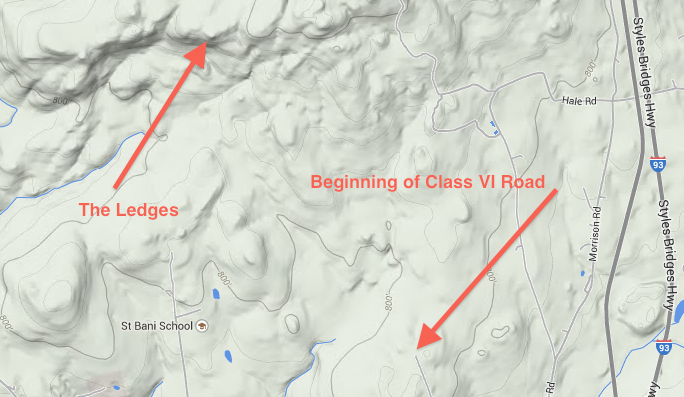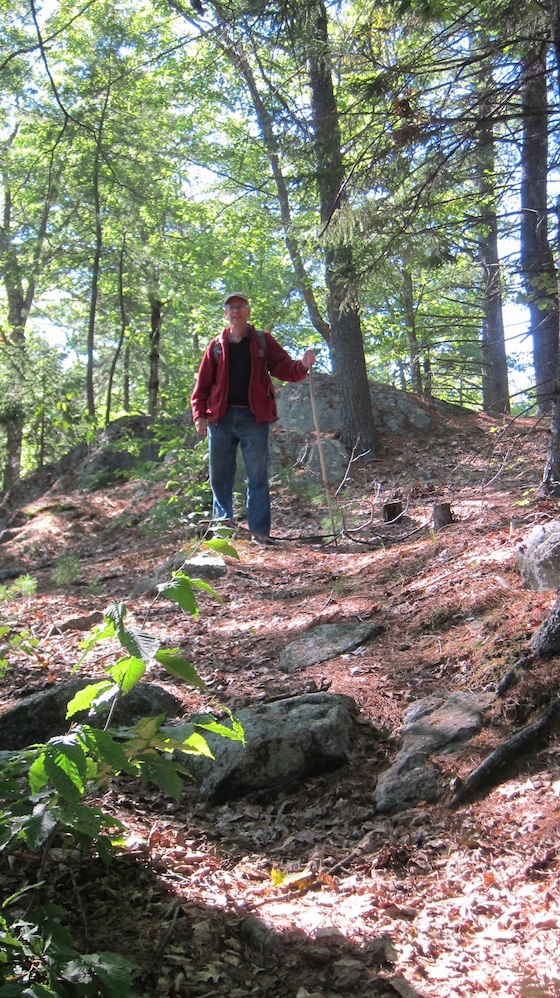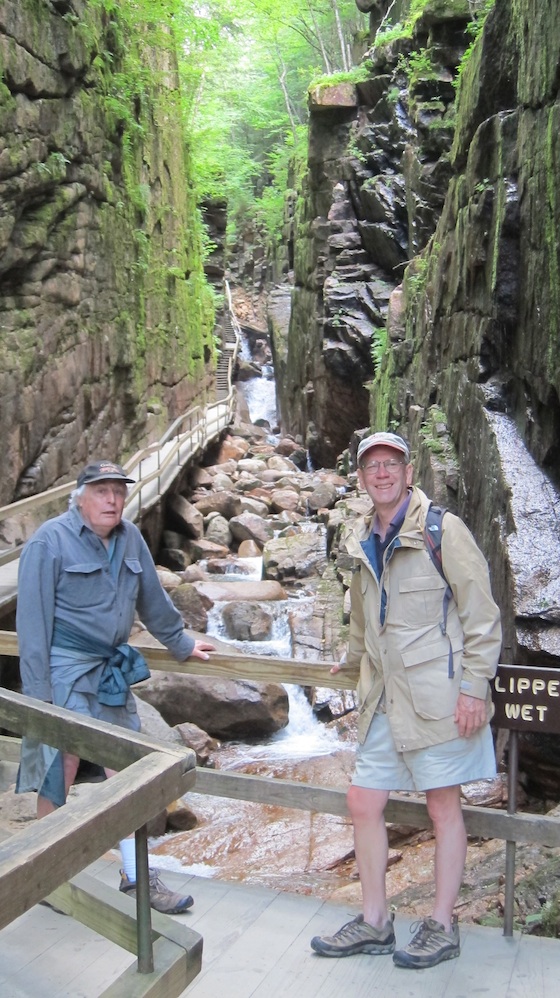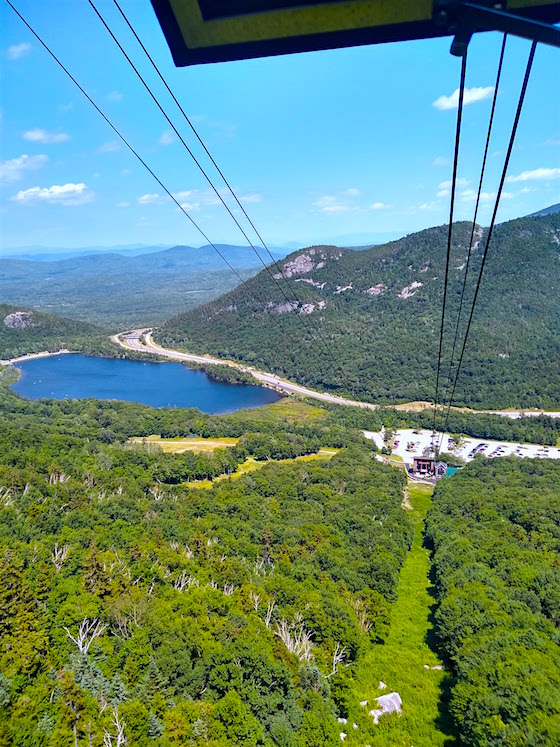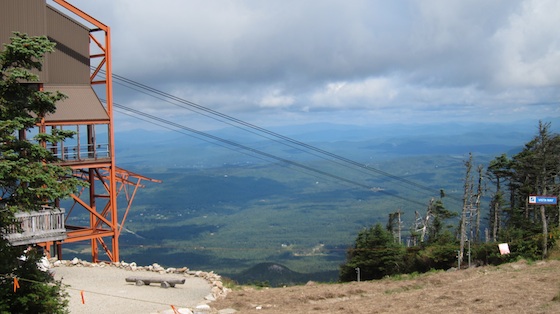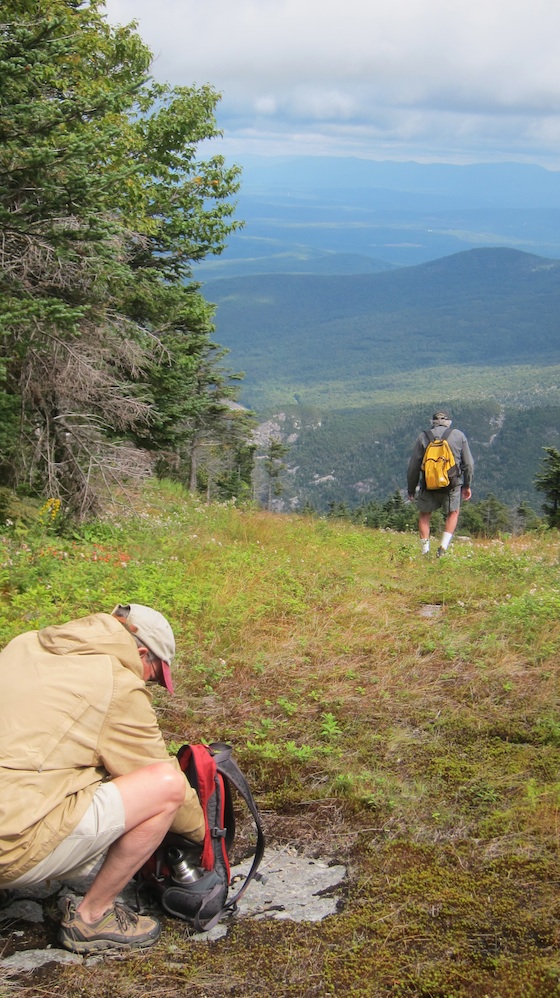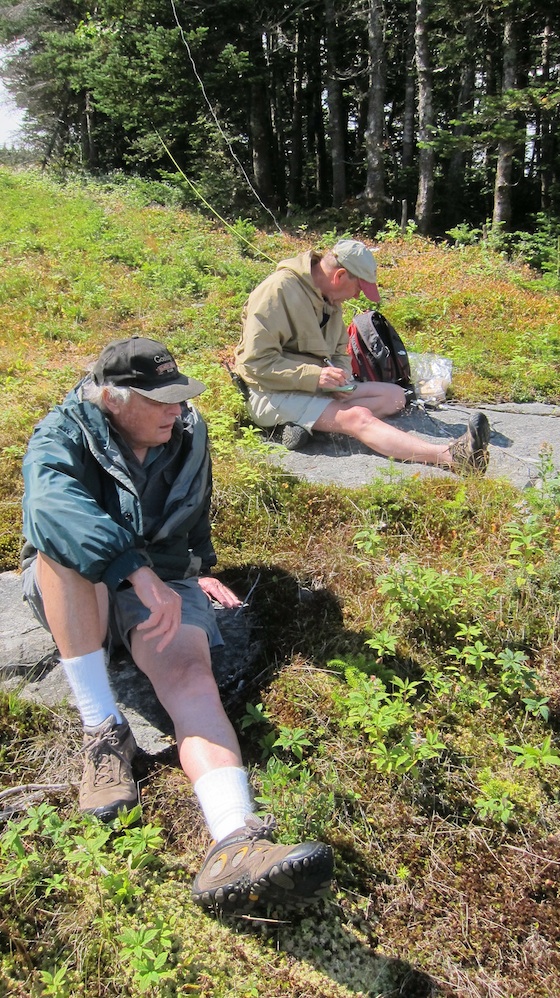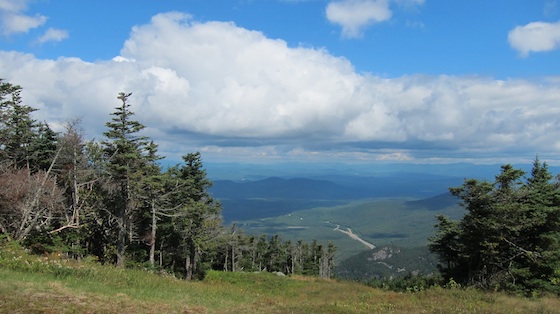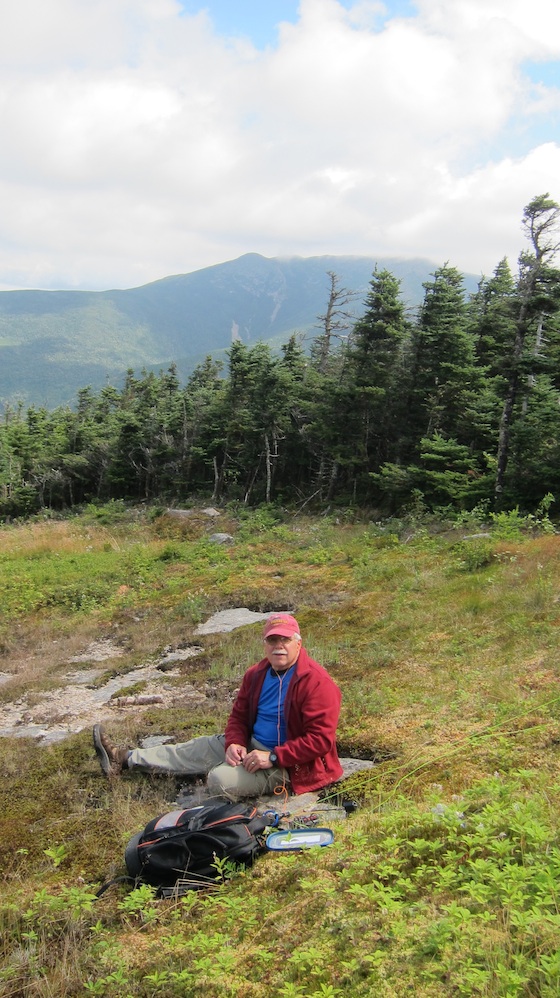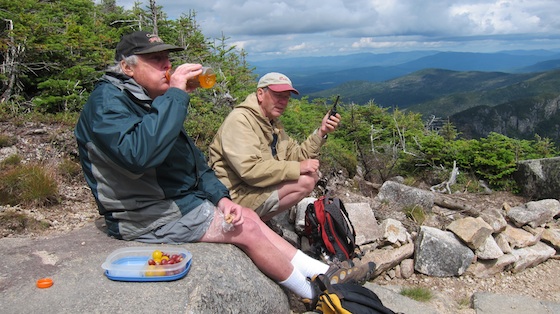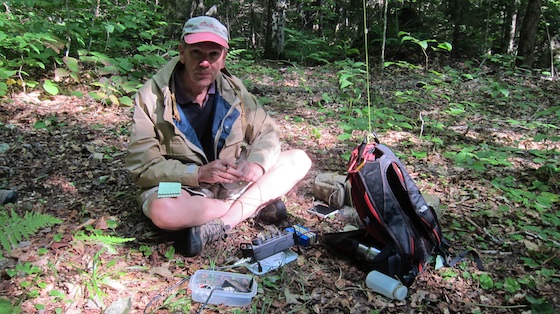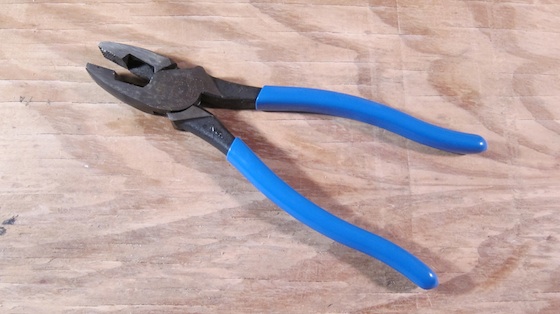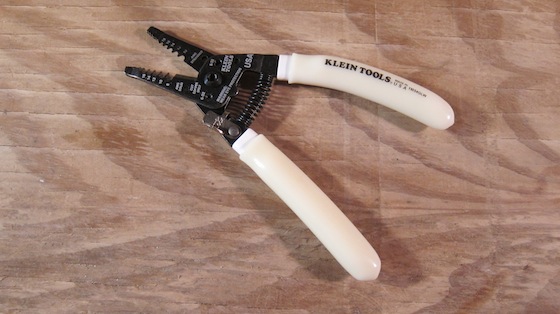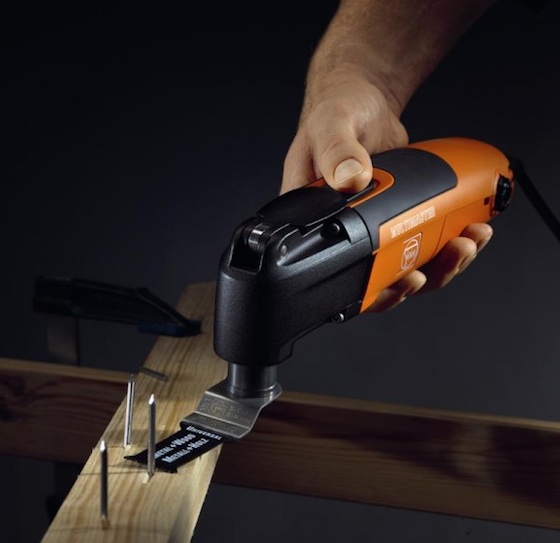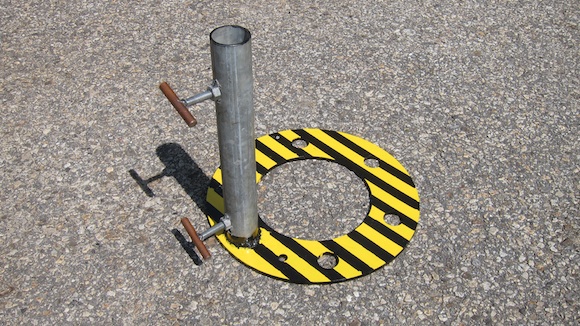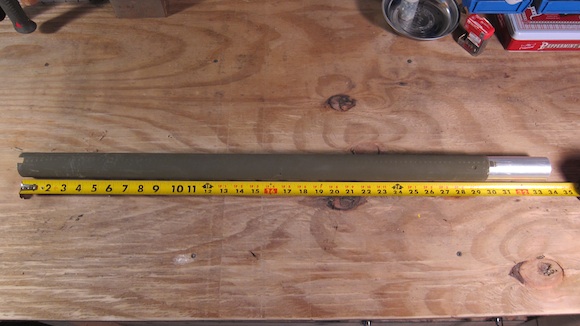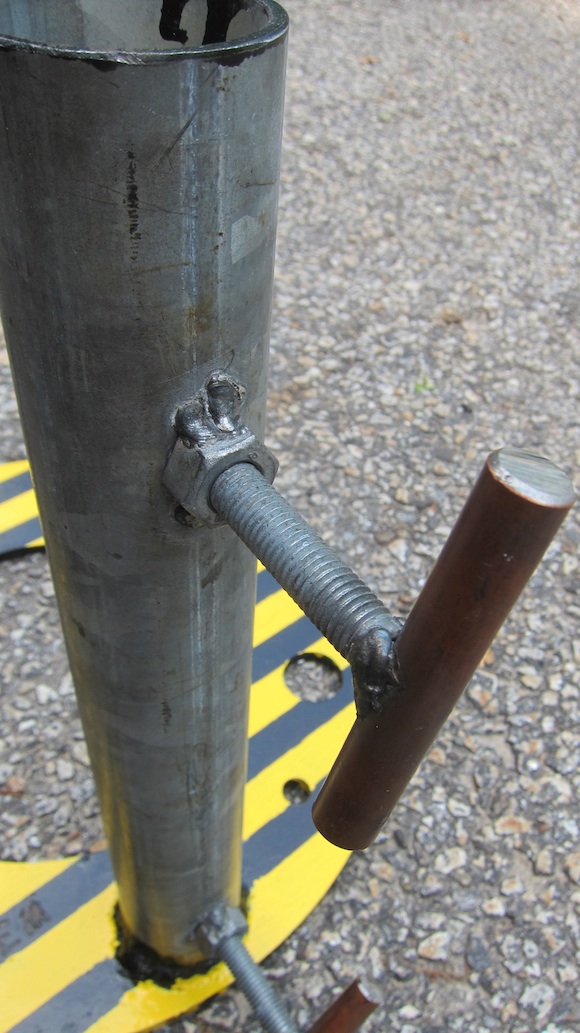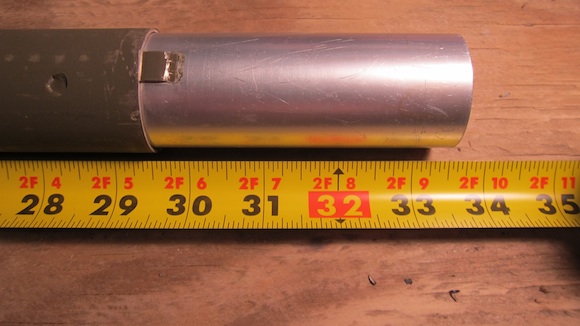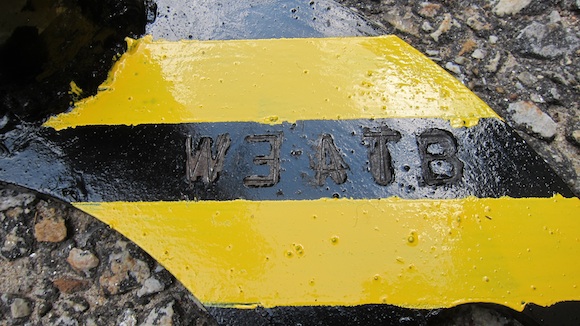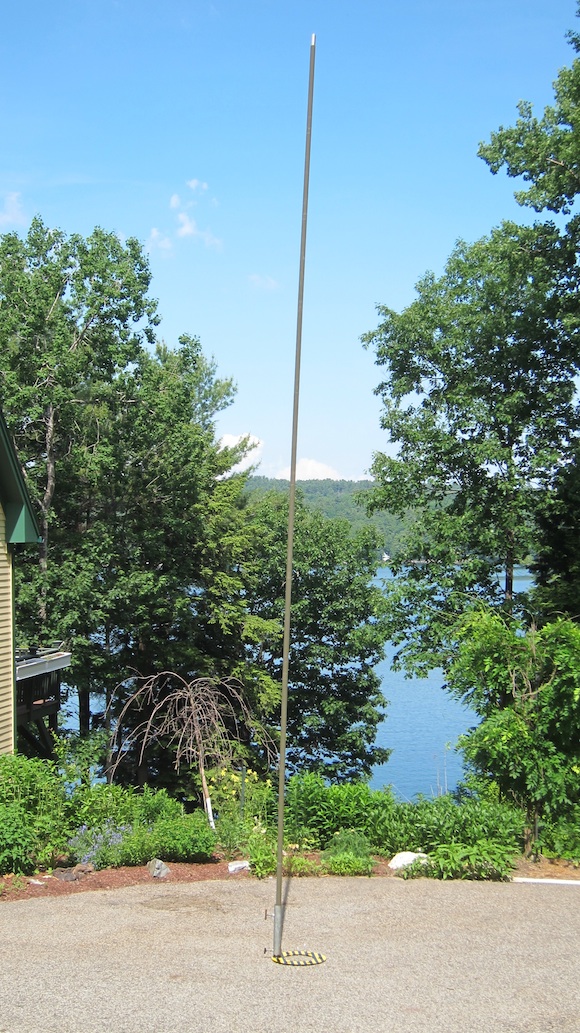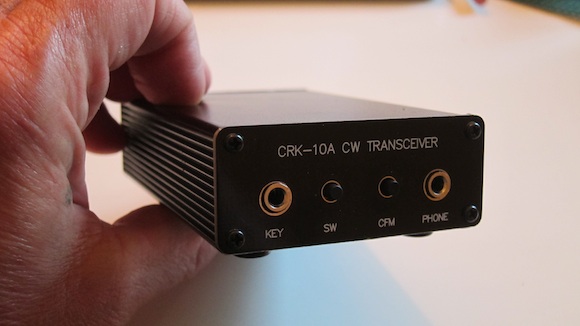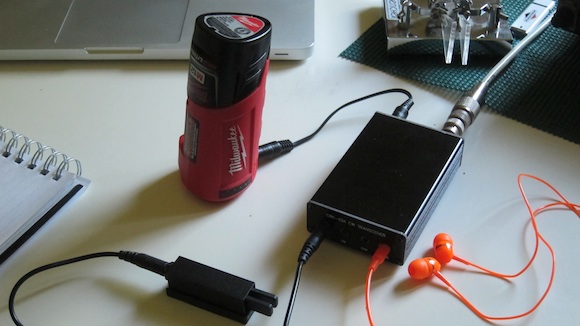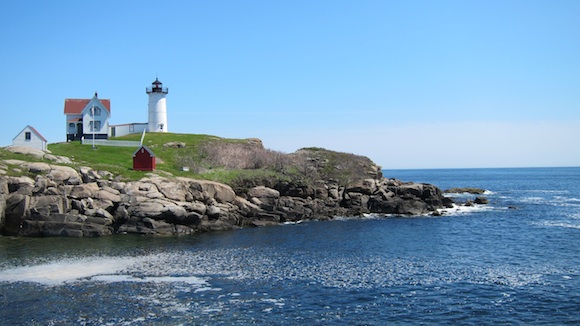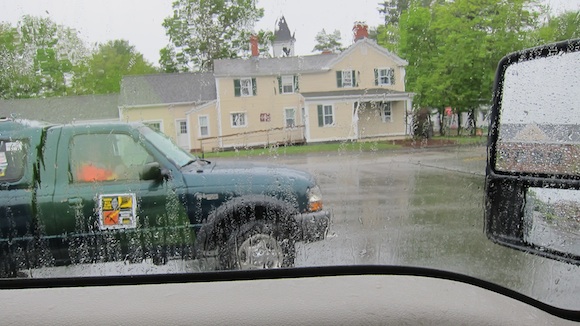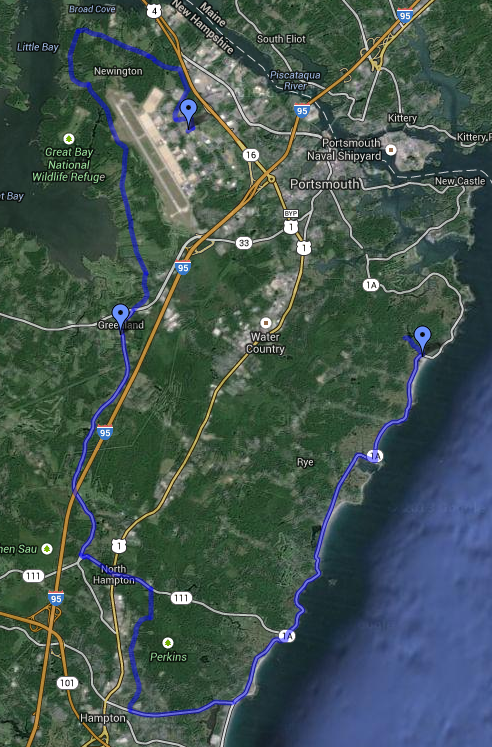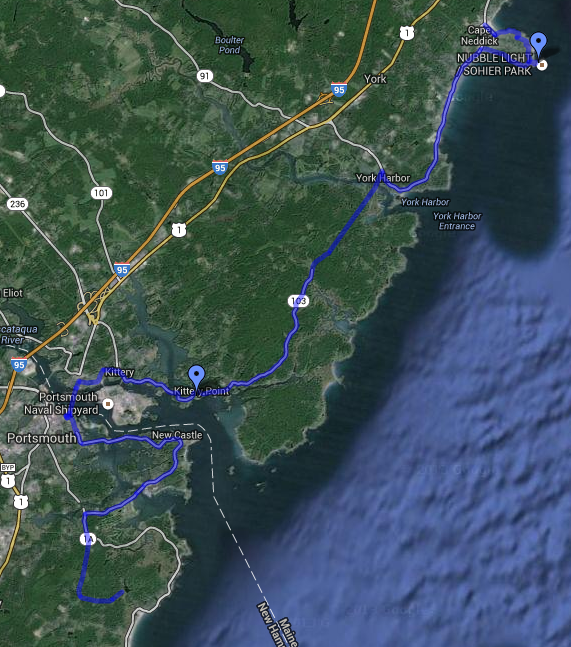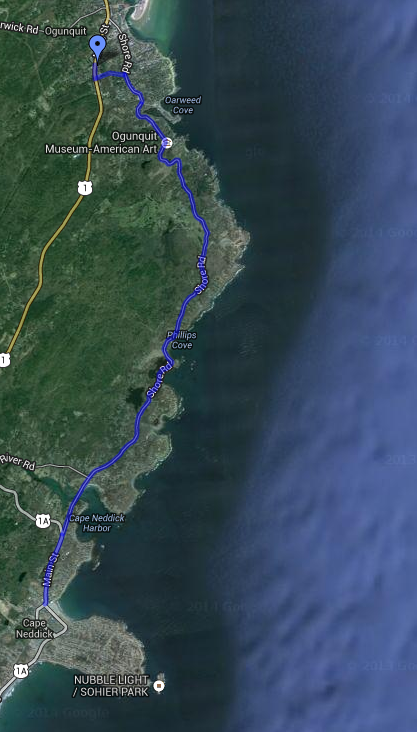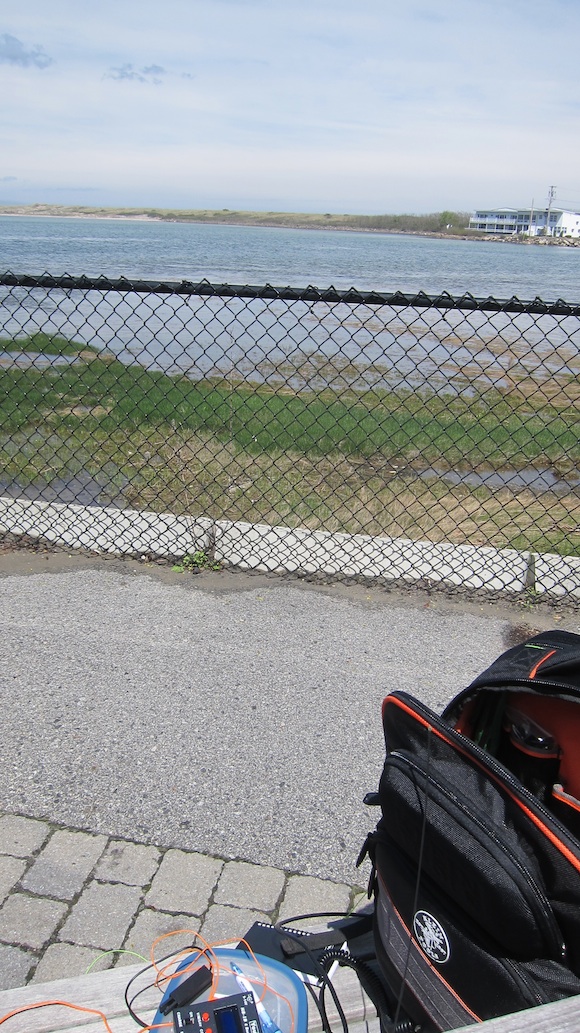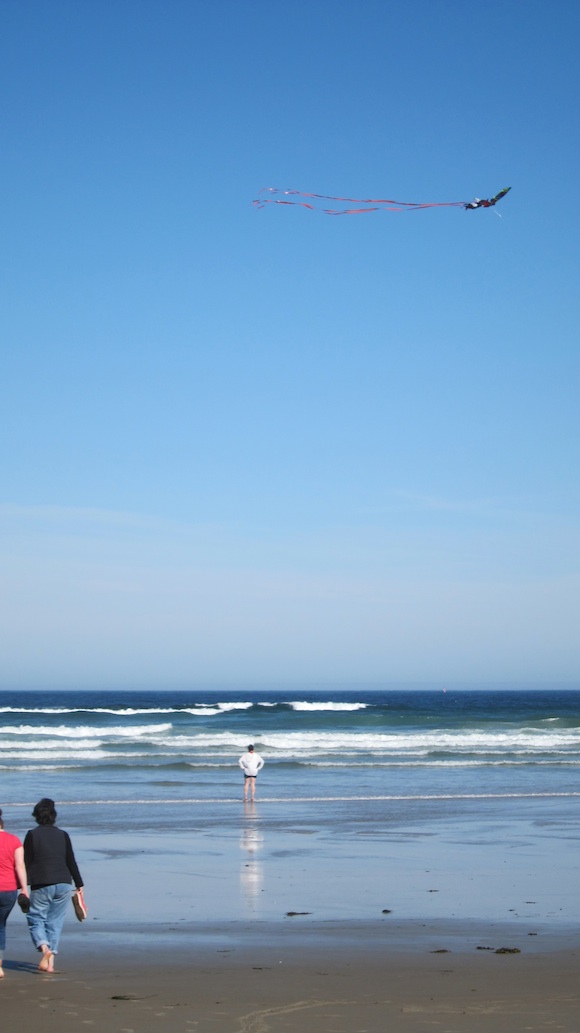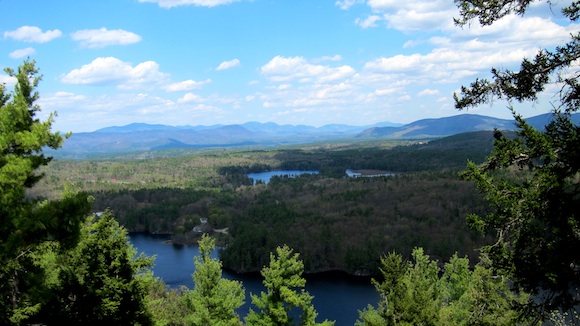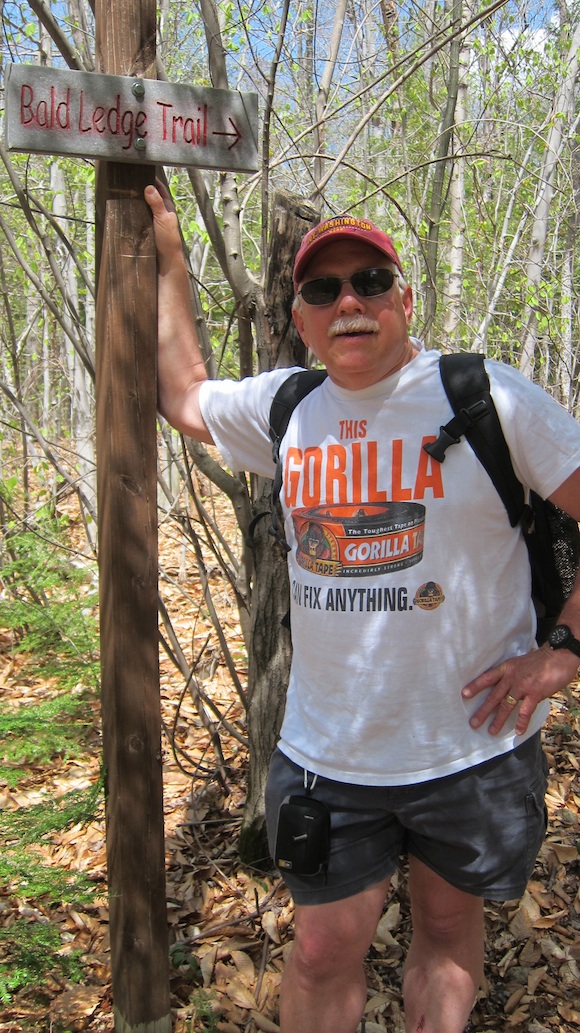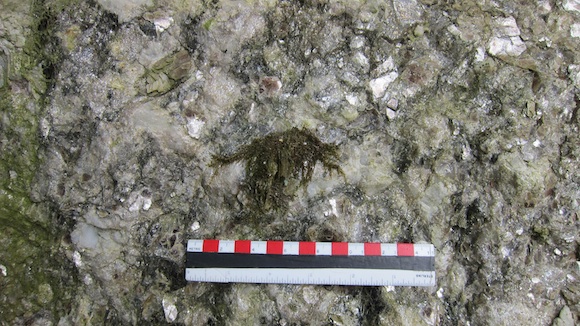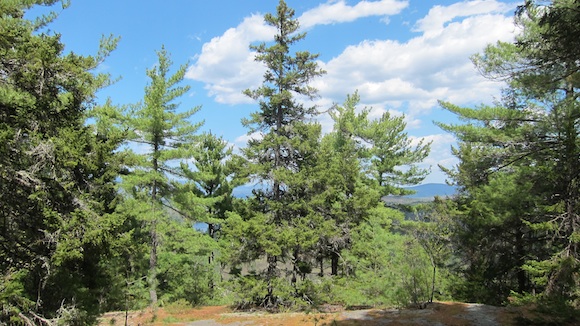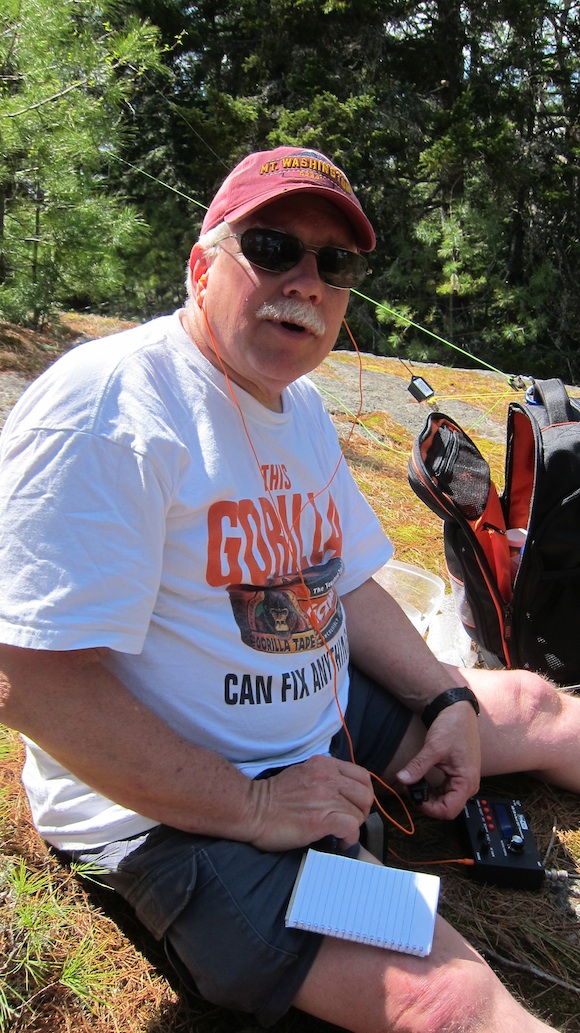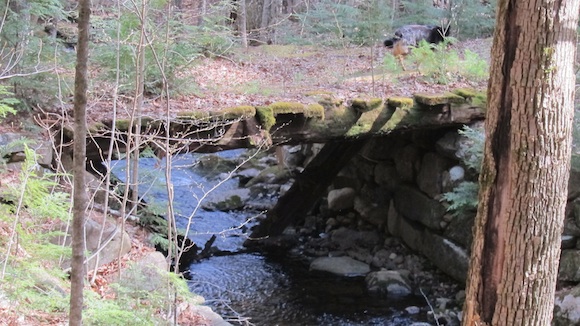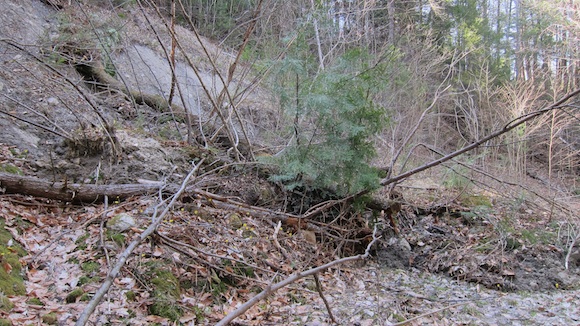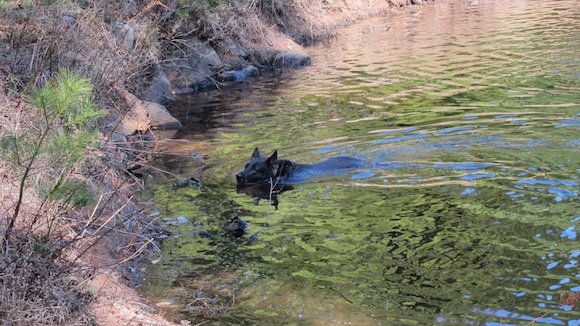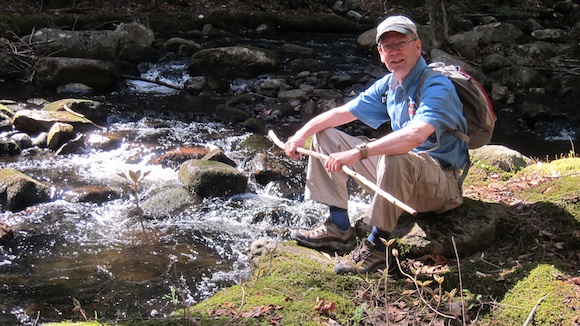“Hey you guys. We should go to the ARRL Centennial Convention in Hartford, CT in July. It’s an historic event – 100 years of amateur radio. I can stay with my kids and you two can bunk in a nearby motel.”
Those words of wisdom were spoken by Dick Christopher, N1LT, the founder of the Central New Hampshire Amateur Radio Club. Dick, Jim Cluett – W1PID and I were sitting in a booth in a small restaurant in Laconia, NH having lunch on a spring day in May when this profound advice was brought up in conversation.
“This sounds like a perfect adventure. Tim, why don’t you book the room for us,” said Jim.
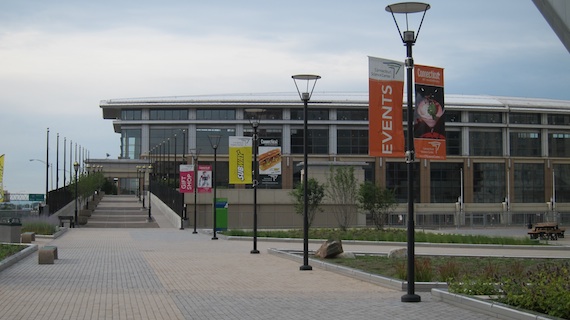
This is where we were headed, the convention center in downtown Hartford, CT. Photo credit: Tim Carter – W3ATB
A few days later I had locked in a room at the Holiday Inn in East Hartford. The location turned out to be magnificent as it was just a ten-minute walk across the Connecticut River from the hotel to the convention center.
Little did we know that people from all around the globe were making, or had already made, plans to attend. I have no idea all of the countries that were represented, but I personally talked to radio operators from Australia, Japan and the UK. Jim, Dick and I would only have to travel 189 miles to the convention while others would come over 11,000 miles to become part of history.
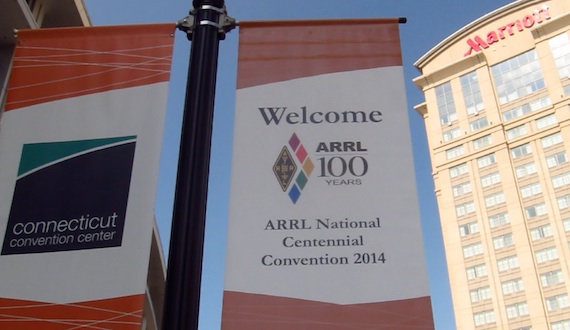
No real need for a caption, wouldn’t you say? Photo credit: Tim Carter – W3ATB
As the convention loomed, Dick decided he was not going to be able to make it, so it was just Jim and I that decided to make the sprint the first day from the misty and foggy Sanbornton, NH down to Hartford, CT.
It was just before 6 a.m. on Thursday July 18, 2014 when I picked up Jim at his house and showed him where to hang his dress shirt, pants and blazer in my beastly Ford F-250 Super Duty truck that would whisk us to the gathering of amateur radio enthusiasts.
“Good morning! Are you ready for our little man self-discovery trip?” Jim was awake, but it was still early and too much conversation at this hour of the morning was probably not a great idea.
“Yes. Let’s get going!” And off we were!
Three hours later we were pulling into the hotel parking lot. Brenda checked us into a great room on the second floor, we stowed our backpacks and were walking to the convention center by 9:20 a.m. to get our badges and show program.
Once at the convention center, Jim and I got our credentials that gave us access to the exposition hall, the lectures and all special events. Jim happens to know Kay Craigie, the current president of the ARRL and has known her husband, Carter Craigie for nearly twelve years.
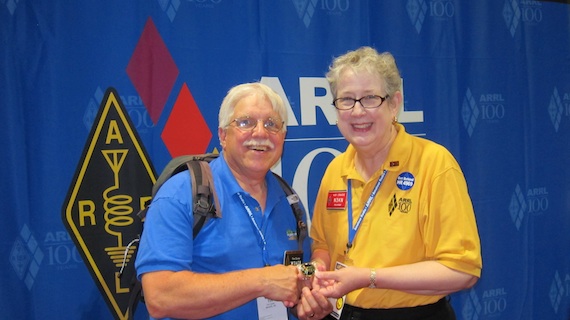
Kay Craigie, current ARRL president, is presenting me with the rare gold ARRL Centennial coin commemorating the historic convention. Photo credit: Carter Craigie
Because of this relationship, Jim decided it was a good idea to attend the fancy banquet on Friday night and the President’s breakfast on Saturday morning. I didn’t have those events printed on my badge so I was on my own for both of these times. I decided to have dinner with a couple of my AsktheBuilder.com newsletter subscribers on Friday night.
Minutes after walking away from the registration area, who do we run into but Carter Craigie! He was wearing his official ARRL staff gold polo shirt and he and Jim exchanged gracious “Hellos!” and “How have you beens?”.
Jim introduced me to Carter and he said, “My, you have a wonderful last name!” His distinctive and friendly western-Virginia accent was a perfect match for his vibrant personality. Jim and Carter met years ago on the air working each other in CW sprint contests. It didn’t take long for them to become great friends.
The three of us entered the exposition area and started to look at all of the glorious eye candy at each of the booths. New radios, antennas, and hand-crafted CW keys from the master craftsman, Pietro Begali were all on display. It was Christmas in July.
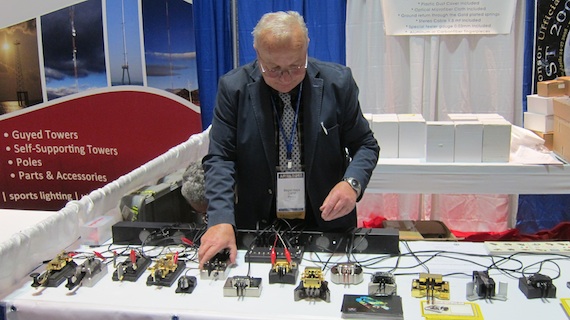
Here is Pietro Begali, founder of Begali Keys. Jim was entranced by the deluxe works of art, almost too beautiful to use. Photo credit: Tim Carter – W3ATB
“Are you guys ready for some lunch? Let’s go over to that Subway restaurant that’s attached to the Science Center.” Jim is always full of sensible advice. It was about 11:35 a.m. and his intent was to beat the lunch crowd.
Other ham operators had the same idea not wanting to eat the pricey food offered at the convention center and we sat with a husband/wife team who had come from southern California to the event.
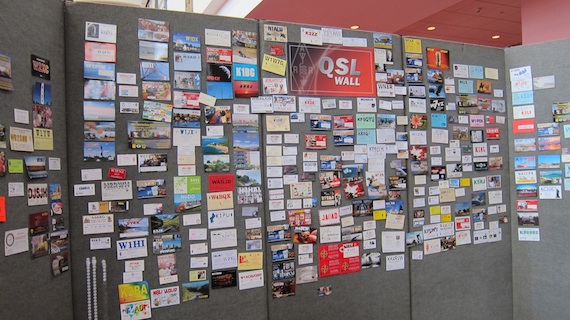
Here’s a nice wall people could post their QSL cards and business cards. My QSL card is right there in the middle. Look closely. Photo credit: Tim Carter – W3ATB
Soon we were back on the convention floor walking by each and every booth. Along the way Jim would stop and talk with old friends, especially the men manning the New England QRP Club.
Jim loves QRP (radio work done with 5 or less watts of power) and has become good friends with many of the people who gravitate to this part of the hobby. He’s gotten me deeply interested in low-powered radio and the magic of making contacts with just a few watts of power.
“I need some fresh air,” Jim mumbled after a couple more hours of roaming the giant cavern some call a convention center. We’d been inside the exposition hall now for a while and it’s devoid of any windows or connection to the outside world.
Carter, Jim and I decided to take the escalator down to the lowest level and sit on a wall that was under some shade trees in a nice oval raised garden that was at the street entrance of the convention center.
I led the way and was quick to notice the grass was flattened by something. Soon it was clear to me from the soft soil the underground sprinkler system has just given the grass and trees a drink of water.
“I’m ready for some ice cream. Find us some Tim.” Jim declared. Carter said he’d gladly imbibe on some of the soft and cold belly expander looking at his Fitbit pedometer.
“I’ve already walked 3,874 steps today and burned 854 calories, so I deserve some ice cream,” he proclaimed.
I pulled out my smart phone and used it to locate the closest ice cream stores.
Out of the corner of my eye while doing my research I noticed Jim was taking off his shoe. What the hell? Why was he doing that?
“Whoa! This grass is WET!” Jim had decided to soothe his sore feet by walking around the soft grass. But now he had saturated his one sock and everyone knows how horrible cold wet socks are.
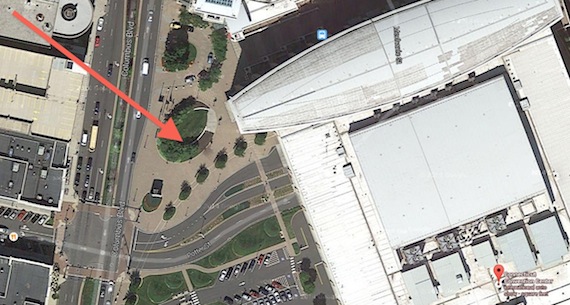
The arrow tip marks the spot where Jim saturated his sock. You can see the drying wall to the right, the curved white line. Image credit: Google Maps
“Take it off and go put it on the wall over there in the sun so it will dry,” I said. The sun was intense and a nice constant breeze would have that sock dry in no time.
Jim put the sock on the wall in the sun and came back over to sit in the shade. Minutes later he was up walking towards the sock.
“What are you doing?”
“I’m getting ready to go get ice cream.”
“There’s no way your sock is going to be dry. Are you an idiot?”
By now Carter was howling with laughter at the banter Jim and I were exchanging about his wet sock.
Jim came back, sat down on the wall, and held his sock trying to will it to dry.
“There’s no way the sock is going to dry in your hand. Get it back in the sun you languid dolt.”
“I’m going to go get ice cream and don’t try to stop me.”
Minutes later we were on a crusade to Yogi’s Dairy Bar at 187 Asylum Street.
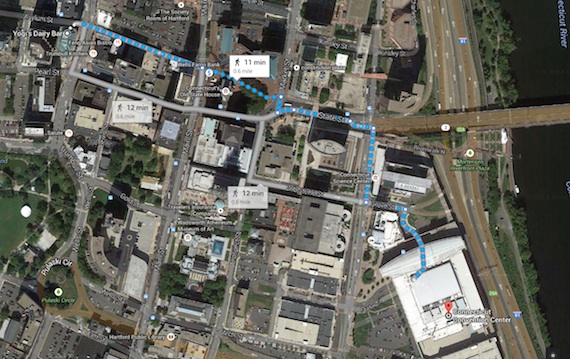
This is the way to Yogi’s! Image credit: Google Maps
“Where is it?” We were standing confounded at 185 Asylum Street and there was no Yogi’s, just a tall sterile office building that had a bank on the first floor.
“Oh Tim, you and your phone let us down. There’s no ice cream here.”
I was frustrated that I’d not called to make sure Yogi’s was still in business. The three of us started to turn around and walk back.
“What are you guys looking for?” A complete stranger had come up to us after noticing our confusion and overhearing our conversation.
“We’re trying to find 187 Asylum Street and Yogi’s Dairy Bar, but the building number here is 185,’ said Carter.
“It’s right up there on the second level. Go in the door, up the escalator and right at the top you’ll be greeted by a beautiful woman, the owner.” Little did we know it, but a lifelong Hartford, CT resident named Dean had come to our rescue.
Minutes later a gorgeous middle-aged oriental woman was dishing up ice cream for us. Jim was kind enough to pay for it and while we were enjoying the frozen treats at small tables next to the shop, Dean came up and sat with us.
He told us stories of him growing up in Hartford and how when he was a kid, the entire city was ruled by the Italian mafia. You didn’t spit on the sidewalk or litter without being punished.
“The streets used to be so clean here you could eat off them, but now it’s all changed. Hartford is nothing like it used to be when I was growing up,” lamented Dean. His long gray hair, accent and tough attitude made it clear he was connected and was telling the truth about everything Hartford.
It was time to head back to the convention center and hotels to get ready for the evening.
Around 4:20 p.m. Jim and I found ourselves back at the Holiday Inn and were trying to unwind. We had both been up for nearly twelve hours and on the go for the past ten. It was time for a little siesta.
I set my alarm for 5:30 p.m. which would give me plenty of time to wash up and make it to my dinner engagement at 6:00 p.m. Believe it or not I was to meet my friends at the wet-sock oval.
“Why didn’t you warn me that you snore? I may have to call down and get a separate room for myself.” Jim was giving me a play-by-play of me drifting off to sleep on my back 30 minutes before. The short power nap was just what I needed.
“Oh, you’ll get over it like a bad cold,” was my reply.
Jim continued to rib me about it and seemed genuinely worried that his slumber would be submarined by my creation of countless ZZZZZZZZZZZZZZZ’s that would fill the room in about four or five hours.
We headed out the door, walked across the grand pedestrian walkway bridge just across the street from the hotel parking lot and within minutes we had split up Jim going to the banquet and me to have dinner with my friends. We agreed to meet back up at 8:30 p.m.
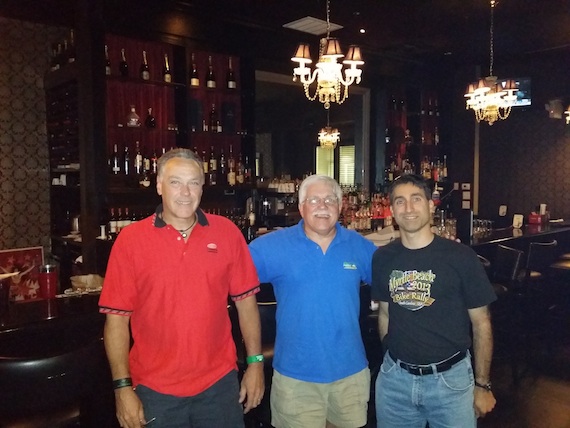
I had the pleasure of meeting Tom Tyler (in red) and Michael Lorello at dinner. We shared great stories and fantastic food fare! Thanks Tom and Mike for sharing your evening with me. Photo credit: Our nice young waitress
I arrived at the empty convention center at 8:20 p.m. that was being attended to by the convention janitorial staff. They were working very hard to make the building spotless for all of us the next morning.
Minutes later Jim texted me wondering where I was in the building. Soon we were walking back across the bridge in the dusky light and joined in a conversation with an Australian ham operator. What a wonder to talk to a man who felt the need to travel 12,000 miles to be part of a celebration of another country’s radio society! I don’t know if I’d ever even consider going to an Australian Radio 100th-year anniversary!
“I hope you don’t keep me awake all night. I’ve got these four pillows to throw at you if you try.”
“Hah, my daughter tried that years ago when she’d go with me to building and remodeling conventions. I’ll tell you now I’m immune to pillow strikes.”
“Hey, let’s see if Mark, W1DDI is on D-STAR,” Jim exclaimed.
Unfortunately Mark was back in NH riding his Harley in the glorious warm and dry NH weather. He texted Jim saying he was out on his bike.
“Hey, who put the thermostat at 69 F?” Jim had set it to 70 and really wanted it probably closer to 74 F while we slept.
“I don’t know.” I was lying of course.
“Well, you don’t have the arctic blast of air blowing across you.” Jim had taken the bed closest to the window and the wall HVAC unit air ducts were aimed at him just six feet away.
Minutes later I was comatose. My guess is Jim fell asleep not too much later.
“You slept like a baby. You snored a little when you first fell asleep on your back, but then you rolled over and it stopped.” Jim was one happy guy that his sleep had only been minimally disturbed.
“Do you want to hear my new plan? I say we go down and eat breakfast here at the hotel then I go over and just grab a cup of coffee at the President’s breakfast.”
“That sounds good to me. Let’s head down about 7:30 or so,” I replied.
Before we left for breakfast I uttered, “I discovered something last night.”
“What?”
“That I can sleep in a room that’s 94 F with zero air circulation.”
“Oh come on, it wasn’t that hot. But I guess the room is a little stuffy now that you mention it.”
An hour later, after Jim had checked news on his tablet and I had caught up on email on my laptop, we were downstairs eating a hot buffet breakfast.
“Look who’s over there Jim! Pietro Begali!” Next to the window eating his breakfast was, perhaps, the finest craftsman of hand-made CW keys in the world. Mr. Begali hails from Italy and has been making precision radio gear for nearly five decades.
We sat at the table next to Pietro and Jim thanked him again for his contributions to the hobby. After saying goodbyes to Mr. Begali, Jim and I went back to the room, grabbed our gear, checked out and stowed it in my truck. We then headed back to the convention center.
Once there, Jim headed up to grab his cup of coffee at the President’s breakfast and I decided to go down into the main lobby and interview some fellow hams.
The first two I found were Japanese radio enthusiasts, Ritsu Seo and Nozomu Takahashi. We chatted about why they came so far and I thanked them for their diligence and determination to make such a journey.
They bowed to me and Ritsu handed me a gorgeous dual flag lapel pin that features the American and Japanese flags. Nozumu gave me a small snack bag of crispy french fries that I’ve yet to open. I felt like a loser having no gift other than my business card to give in return. The Japanese are so very polite and gracious. I could learn volumes from these two men.
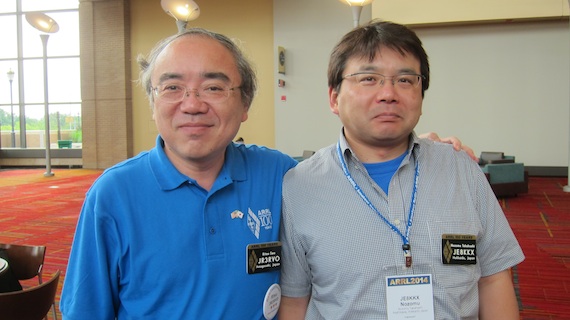
Ritsu is on the left and Nozumu is on the right. Two very polite men. Photo credit: Tim Carter – W3ATB
I then found several other hams to interview. I could have spent the entire time doing interviews if I wanted, there were so many interesting folks at the convention.
Just after 9 a.m. Jim texted me and we found each other in the lobby.
We visited a few booths again, talked with some of Jim’s QRP buddies and then headed down to the lower level to board the bus that would take us to the ARRL headquarters several miles from the convention center.
The trip to the ARRL headquarters was the highlight of the trip for me. Seeing the massive antenna farm surrounding the historic W1AW brick building was inspiring. The inside of this majestic building was bustling with activity. All of the radio studios were busy with hams that had scheduled time to operate using the legendary W1AW call sign.
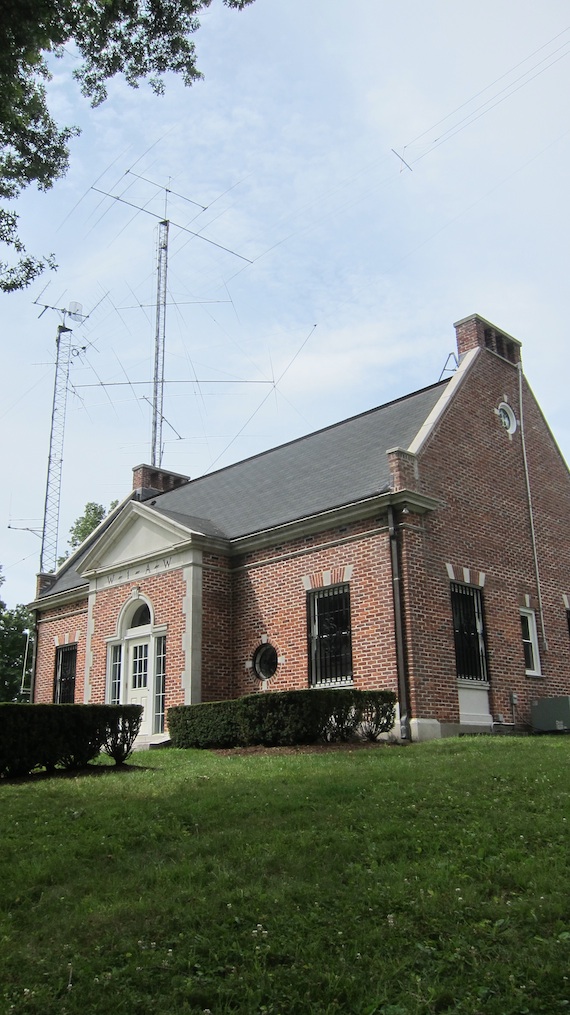
Built in 1938, this could be the epicenter of amateur radio in the entire world. Photo credit: Tim Carter – W3ATB
Each of these operators left the building with a fancy inscribed certificate noting their achievement of being on the air at W1AW. I can’t wait to come back to do this myself and plan to organize a club outing to do just this possibly in the fall of 2014.
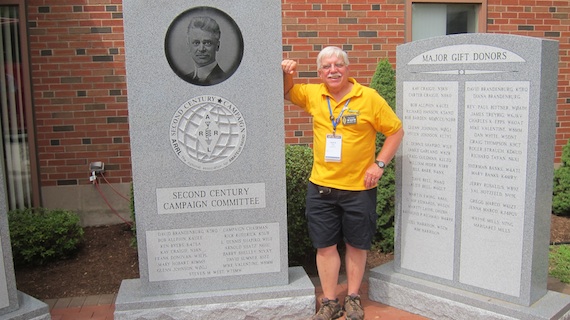
Here I am just outside of the main door of the ARRL headquarters. The man in the granite is the father of amateur radio – Hiram Percy Maxim. Photo credit: Jim Cluett – W1PID
“What the hell? How did you get in the magazine?” I stood there astonished looking at a full-color page of the upcoming QST magazine and there was a full-page article written by Jim about what’s not going to change about the hobby in the next 100 years.
Jim and I were in the editorial department of the ARRL headquarters and on the wall was a full-color print out of the September edition of QST. It’s scheduled to go to the printer on July 22nd, so I guess they print it out one page at a time to see exactly how it’s going to appear.
“Maybe that green magic marker line through the page means it’s been cut from the issue.” Since many of the pages had this same slash across it, I felt it meant the draft copy was fine and free of errors.
I’ve known for a few years Jim’s an excellent writer, but I had no idea I was in the presence of a celebrity. It’s a big deal to have a full-page column in the QST magazine!
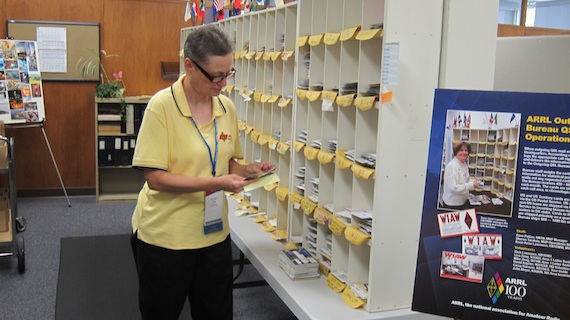
An ARRL staff member sorting traditional paper QSL cards to be sent to ham operators in the USA and around the world. Photo credit: Tim Carter – W3ATB
After the tour was over, we were dropped off by bus at the convention center. We made one last trip to the exposition hall where I was able to get five additional gold commemorative ARRL coins to give away as prizes at club functions.
Jim and I grabbed another lunch from Subway eating it outdoors under some trees on the plaza immediately between the convention center and the pedestrian bridge that separated us from the waiting truck that would take us back to NH.
As we drove back home, Jim fired up his D-STAR HT and he talked with a gentleman from Wales. The audio on D-STAR was so clear I thought the man was sitting behind us in the truck.
Jim and I grabbed a celebratory coffee ice cream at the NH liquor store rest stop just north of the I-93 toll booth. Have I ever told you about Jim’s addiction to ice cream? It’s bad, real bad.
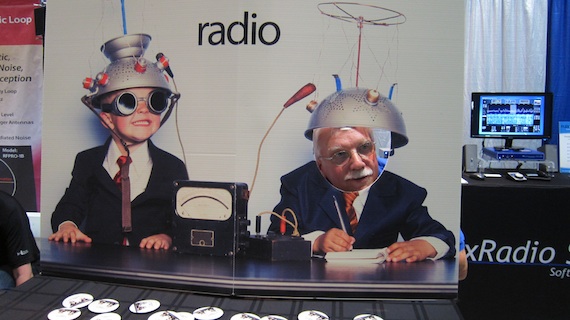
Here I am clowning around taking notes about what I saw at the convention. Photo credit: Jim Cluett – W1PID
An hour later I had dropped of Jim at his house and was on my way home. During the remainder of the drive, I reflected on all the laughs and good times we had in the past 36 hours. In that short time period we had so much fun and saw so many cool things, it’s probably illegal.
My only regret is not attending some of the great one-hour presentations made by some of the leaders in the hobby. I can tell you I’ve been to many conventions before, but this one was the best value of all I’ve attended in my entire life. If you have the opportunity to attend a future amateur radio convention, be sure to do it and take a friend. Just watch out for wet socks and those who like to sleep on their backs!
